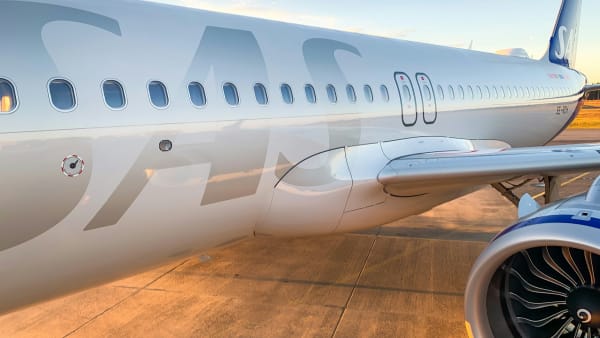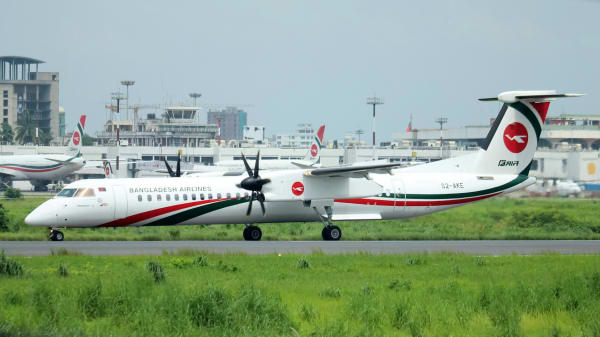Strategies for Effective Airline Crisis Management
Crisis scenarios in the airline industry can take many forms, from deadly accidents and natural disasters to technical glitches and PR fiascos. Effective airline crisis management is thus an integral part of any robust airline operation. As such, this article aims to provide an in-depth look at the strategies airlines should implement as part of their crisis management plans. By utilizing these strategies, airlines can ensure a swift and comprehensive response to any crisis, which protects passengers, employees, and the brand itself.
Understanding the Importance of Crisis Management in Aviation
Airline operations are particularly vulnerable to crises not only because they involve high-risk activities, but also due to the sector's high level of public scrutiny. A small issue can escalate into a crisis if not properly managed—resulting in significant reputational damage and financial losses. Effective airline crisis management is hence key to minimizing these risks and maintaining trust in the brand.
Some typical crises airlines may face include:
- Technical failures, leading to major delays or dangerous incidents
- Natural disasters disrupting operations
- Health pandemics, like COVID-19, severely impacting travel demand
- Security threats and terrorist attacks
- PR mishaps leading to widespread negative perception
Key Strategies for Effective Airline Crisis Management
Planning and Preparation
Every minute counts during an airline crisis. Preparation is crucial to ensure a swift, thoroughly considered response. Primarily, airlines should have a comprehensive crisis management plan in place, detailing the steps to be taken in different scenarios. In addition, regular simulations and drills safeguard that staff is well-prepared to execute this plan if crisis hits.
Clear and Open Communication
When a crisis occurs, it’s essential to communicate honestly and transparently—with both, the internal team and external stakeholders. This includes passengers, media, and regulatory bodies. The message should be clear, compassionate, and consistent. Miscommunication may escalate the crisis further, turning a manageable situation into a public relations nightmare.
Flexibility
No crisis is exactly like another. Flexibility is key to adapt to the specifics of the situation at hand. This means the airline's crisis management plan needs to be adaptable and resilient. Drawing from past experiences is powerful, but each crisis should be seen as a unique challenge that may require novel approaches and solutions.
Utilizing Technology
In the digital age, technology plays a vital role in crisis management. Airlines can leverage Big Data to analyze and predict potential crises and use AI to help respond quickly and accurately in real-time. Moreover, technology can be instrumental in disseminating communication swiftly to internal and external stakeholders.
Customer-Centric Approach
In times of crisis, passengers feel anxious and desperate. Therefore, an airline's handling of the crisis should be thoroughly customer-centric. This includes offering timely refunds or alternative travel arrangements, empathetic and responsive customer service, and regular updates on the situation.
Staff Training
Staff at all levels should be trained in crisis management, as anyone could potentially take the lead during a crisis. This training should include recognizing potential crisis situations, understanding the crisis management plan, and developing problem-solving and decision-making skills.
Implementing a Robust Airline Crisis Management Strategy
Here is a step-by-step approach to implementing an effective crisis management strategy:
Identify potential crises: While not all crises can be predicted, many can be anticipated. A proper identification and assessment of potential crises should be the first step in any crisis management plan.
Develop a crisis management plan: This plan should contain guidelines on how to proceed during various crisis scenarios. It should detail the roles and responsibilities of different team members, the communication strategy, and procedures for review and adaptation.
Train your staff: Regular training and drills should be conducted to familiarize the staff with the crisis management plan and to develop necessary skills to handle and respond to crises effectively.
Establish a crisis communication system: This system needs to ensure rapid and efficient communication internally and externally. The communication strategy should focus on transparency, regular updates, and a single-point-of-truth approach where there’s only one source of information.
Regular review and updates: The crisis management plan should not be static but needs to be regularly reviewed and updated based on changes in operations, technology, policies, and regulations.
Real-World Examples of Airline Crisis Management
Let's look at two examples:
The Good
Singapore Airlines is noted for its effective crisis management. Following the SQ006 crash in 2000, the company swiftly acknowledged the crisis, expressed sympathy to the victims, and kept the public updated with regular press conferences—displaying textbook crisis communication.
The Bad
On the other hand, United Airlines faced heavy criticism for its handling of the incident involving forcibly removing a passenger from an overbooked flight in 2017. It was criticized for its perceived lack of empathy, insincere apologies, and failure to take responsibility—leading to an extensive PR disaster.
While crises are notorious for causing havoc, some airlines can steer these crises towards strengthening trust and resilience. In the highly competitive airline industry, effective crisis management can be a significant competitive advantage—enhancing reputation and customer loyalty. In contrast, poor crisis management can have devastating effects.
To effectively manage crises, airlines need well thought out plans, clear communication channels, robust technology, trained staff, and a deep understanding of their customers' needs. With these ingredients, airlines are well-equipped to weather even the most turbulent storms.
Takeaway Points
Effective airline crisis management is a critical part of running a successful airline. The right approach towards airline crisis management can help companies successfully navigate through challenging times. Key strategies to remember include:
- Develop a comprehensive crisis management plan and prepare thoroughly
- Establish clear and open channels of communication
- Be flexible and adaptable to manage diverse crises
- Leverage technology for real-time response and communication
- Adopt a customer-centric approach
- Train your staff at all levels on crisis management
Incorporating these components, airline companies can prepare to react swiftly and effectively to any crisis—ensuring the safety and satisfaction of their passengers, as well as the protection of the company's reputation.




